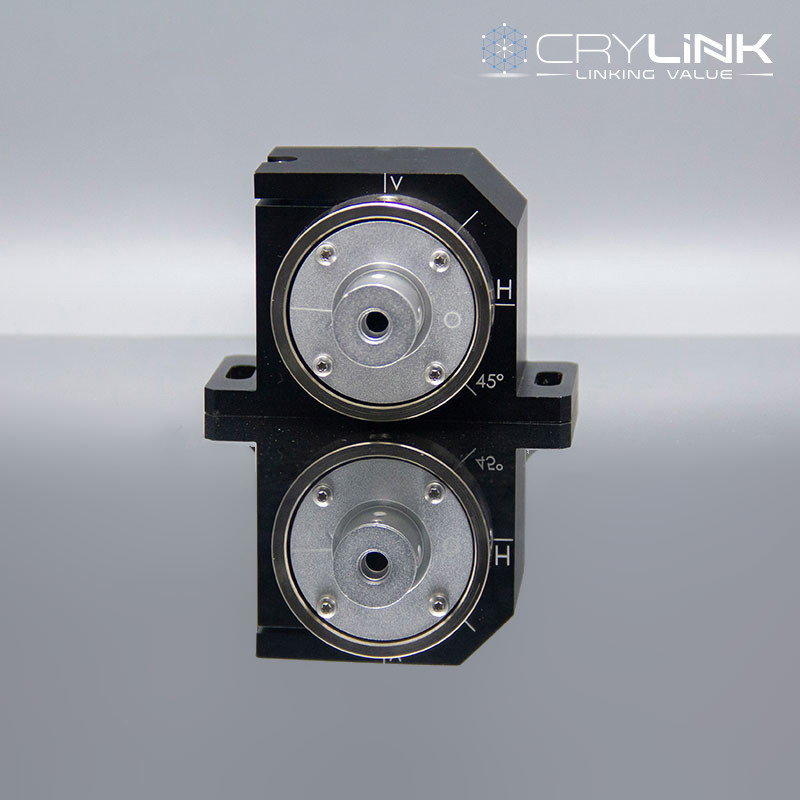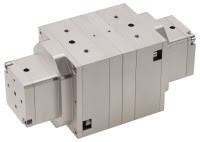

"Faraday Isolators and Kirchhoff's Law: A Puzzle" (PDF). For a polarization dependent isolator, the angle between the polarizer and the analyzer, β : CS1 maint: archived copy as title ( link) An example is a compact Faraday Isolator module employing mode. Since the polarizer is vertically aligned, the light will be extinguished.įigure 2 shows a Faraday rotator with an input polarizer, and an output analyzer. Faraday rotator or isolator with mode stripping ferrules and collimators having fiber pigtailed mode stripping components.

This means the light is polarized horizontally (the direction of rotation is not sensitive to the direction of propagation). The Faraday rotator will again rotate the polarization by 45°. Light traveling in the backward direction becomes polarized at 45° by the analyzer. The analyzer then enables the light to be transmitted through the isolator. The Faraday rotator will rotate the polarization by 45°. Light traveling in the forward direction becomes polarized vertically by the input polarizer. The polarization dependent isolator, or Faraday isolator, is made of three parts, an input polarizer (polarized vertically), a Faraday rotator, and an output polarizer, called an analyzer (polarized at 45°). Faraday rotators are used to organize multipass amplifier schemes and schemes with compensation of thermally induced depolarization. It is made of three parts, an input polarizer, a Faraday rotator and an analyzer. Faraday isolators reduce the risk of amplifier self-excitation, protect master oscillator against unwanted feedback, and prevent damage of sensitive elements by back reflections. In addition to our listed wavelengths, there are many isolator design customization options to maximize performance for your specific laser wavelength. Figure 2: Faraday isolator allows the transmission of light in only one direction. Optical Isolators and Faraday Rotators IR 1.55-3.4 microns The 1.55-3.4 m range requires several types of Faraday rotator materials and polarizers for maximum isolation and transmission.


 0 kommentar(er)
0 kommentar(er)
